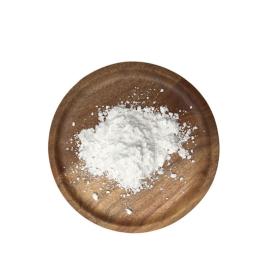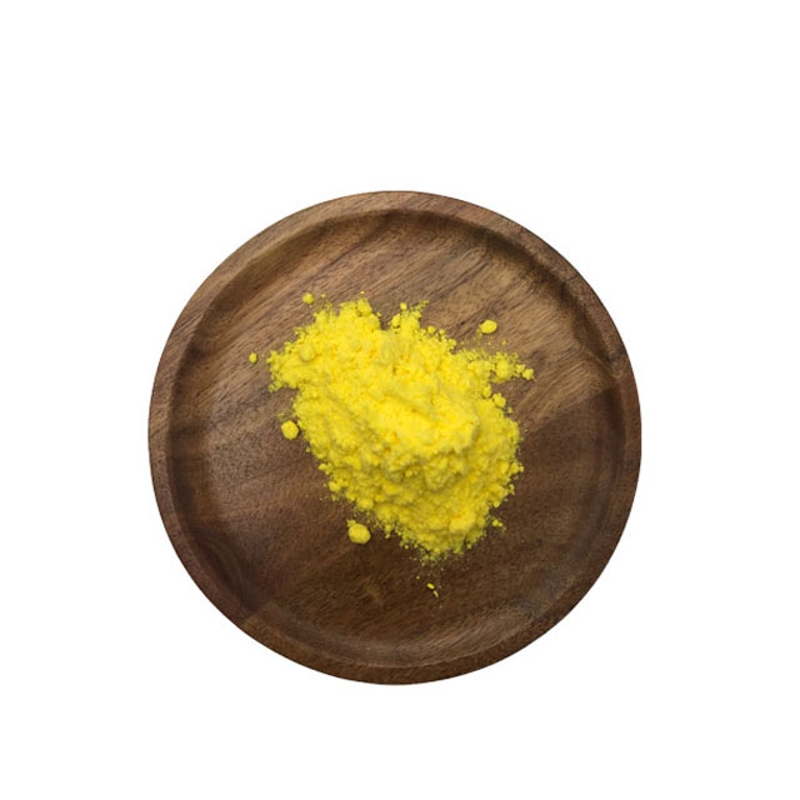-
Categories
-
Pharmaceutical Intermediates
-
Active Pharmaceutical Ingredients
-
Food Additives
- Industrial Coatings
- Agrochemicals
- Dyes and Pigments
- Surfactant
- Flavors and Fragrances
- Chemical Reagents
- Catalyst and Auxiliary
- Natural Products
- Inorganic Chemistry
-
Organic Chemistry
-
Biochemical Engineering
- Analytical Chemistry
- Cosmetic Ingredient
-
Pharmaceutical Intermediates
Promotion
ECHEMI Mall
Wholesale
Weekly Price
Exhibition
News
-
Trade Service
Hepatocellular carcinoma (HCC) is the most common primary liver cancer, with the sixth highest incidence of malignant tumors and the fourth highest fatality rate among tumor-related causes of death worldwide.
For advanced liver cancer, Sorafini is the first FDA-approved drug to target the treatment of hepatocellular liver cancer, and previous studies have shown that sorafine can effectively extend the total life of the middle of patients with advanced liver cell liver cancer.
, however, often after 6 months of treatment, many patients with hepatocellular liver cancer develop soraphine resistance, which leads to progression and metastasis, making the next step of treatment very difficult.
recently, a team of Professor Cai Xiujun of Yifu Hospital, affiliated with Zhejiang University School of Medicine, made a breakthrough in the field of targeted therapeutic resistance for liver cancer, and published a study entitled CircRNA-SORE mediates sorafenib resistance in hepatocellation carcination by YBX1 in Signal Transduction and Targeted Therapy, an authoritative academic journal of the Nature Publishing Group.
the study sheds light on the important role and mechanism of circRNA-SORE in soraphine resistance for liver cancer.
1. The mechanism illustrates that the team found that the level of circRNA-SORE expression increased significantly in drug-resistant liver cell liver cancer cell strains, and inhibiting its expression significantly enhanced the lethal effect of sorafinist on tumor cells.
further studies have found that circRNA-SORE is relatively stable in the cytoprine by binding to the YBX1 protein, thereby reducing the ubibin degradation of YBX1 mediated by PRP19 in the nuclei of the cell.
, the team found that circRNA-SORE can be transmitted from cell to cell through exosomes, mediating non-drug-resistant cells to gain resistance.
This discovery not only provides a theoretical basis for the therapeutic target of hepatocellular liver cancer, but also provides a more stable biomarker for pre-judged drug-resistant population, which is expected to be more widely used in clinical practice in the future.
Figure 2. circRNA-SORE significantly increased in soraphenia-resistant hepatocellular liver cancer, and in the occurrence of drug resistance, the research team first established the soraphine-resistant liver cancer cell line, and through the circRNA chip, follow-up identification analysis locked the highly expressed and important role in the drug-resistant strains circRNA_104797, and named it circRNA-SORE.
What shines a light on the research team is that, in terms of cell morphology, apoptosis, cell number, cell vitality, or cloning ability, knocking down circRNA-SORE can greatly increase the inhibition of soraphenny on liver cell liver cancer, and this "sensitivity effect" is particularly prominent in drug-resistant cell strains, but not in wild cell strains.
Figure 3. CircRNA-SORE reduces its degradation by RPR19 in the nucleus by binding to YBX1, and promotes soraphine resistance for liver cancer, so what mechanism does such an important circRNA involve in soraphine resistance in liver cancer? Using mass spectromety, the team identified 179 proteins specific to circRNA-SORE, as well as 129 uplists and 301 reduced proteins after knocking out circRNA-SORE.
two sets of mass spectrometry data, the team found that the YBX1 protein binds to circRNA-SORE and is significantly reduced after knocking down circRNA-SORE.
team further excavated the binding site of the two and validated it with mutation expression, antisumbic oligonucleotide blocking, confocus imaging, and a series of immunocostitide trials.
in-body cellular experiments and clinical data analysis suggest that circRNA-SORE can promote drug resistance by increasing YBX1, while knocking down circRNA-SORE can significantly increase the degradation of YBX1.
protein degradation pathways in the human body, such as lysosome pathways, ubibin-protease pathways, and caspase (cystic winter enzyme) degradation pathways.
, how on earth does a ring RNA increase the degradation of the YBX1 protein? This question plagued the research team for a long time, until a subtle difference occurred in the protein spectrum that binds to YBX1 after the circRNA-SORE was knocked down, and the team was keenly aware of the phenomenon and designed rigorous experiments to verify it, and the answers gradually surfaced.
the effects of PRP19 and YBX1 increase when knocking down circRNA-SORE, PRP19 as an E3 enzyme increases the ubibinization of YBX1, which in turn promotes its degradation.
further study was pleasantly surprised to find that circRNA-SORE, which is primarily located in the cytonum, can reduce the nuclearization ratio of YBX1 by combining with YBX1, thereby reducing the degradation of YBX1 by PRP19.
Figure 4. In vivo and in vitro experiments have found that circRNA-SORE can transmit soraphinium resistance between cells through exosomes, and that knocking down circRNA-SORE can significantly make liver cancer a highly heterogeneous malignancy of soraphenia liver cancer, and the response of different tumor cells to drugs is not the same, and the process of targeted treatment of liver cancer resistance will not be a synchronized process.
is it possible for the first tumor cells to gain resistance to pass their resistance to sensitive tumor cells through intercellular communication, such as exosomes, leading to group resistance? With this in common, the team tried to find answers from serum exosomes in clinical patients using sorafuni.
results showed that patients with poor soraphylacsis had higher levels of circRNA-SORE in serum exosomes.
in-body cell experiments further confirmed that drug-resistant cells secrete more cirrcRNA-SORE in exosomes than wild cells, and that the level of circRNA-SORE in wild cells increased and resistance increased simultaneously under the treatment of highly expressive circRNA-SORE exosomes, a finding that was also validated by mouse animal experiments.
, the team built models of Sorafinib resistance in CDX and PDX mice, validating the above findings and confirming that knock-down circRNA-SORE increases sorapinib's tumor suppression and lowers YBX1 levels.
three important innovations from this outcome: (1) the first identification of circRNA-SORE, which plays a key role in soraphine resistance in liver cancer; (2) the first to reveal the ubibinic and degrading effects of PRP19 on YBX1; and (3) the first detection of intercellular transmission of sorafinib resistance in liver cancer mediated by exosome circRNA-SORE.
, the team found that circRNA-SORE played an important role in the formation of sorafneid resistance.
study is well designed and novel in thinking, which provides a new way of thinking for the clinical diagnosis and treatment of hepatocellular liver cancer.
Cai Xiujun is the author of the paper and the first author of the thesis after Dr. Xu Junjie.
the research was supported by major national scientific research projects, the National Natural Science Foundation of China, the Zhejiang Province Key Research and Development Program, and the China Postdoctoral Science Foundation project.
。







